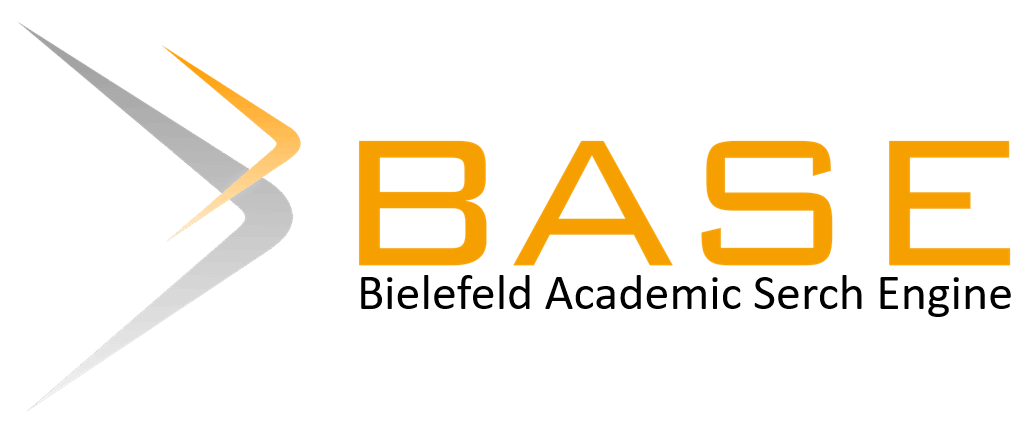Author Guidilines
Articles submitted to the Jurnal Konseling dan Inovasi Pendidikan Anak are original research outcomes for all levels of education that adhere to scientific writing standards and are not currently under consideration for publication in other journals.
I. Writing Format
Articles published in the Jurnal Konseling dan Inovasi Pendidikan Anak present research findings in the fields of social science, art, and education.
-
General Article Provisions: a. The minimum word count for the entire article is 4000 words. b. Articles can be written in Indonesian or English. c. The systematic structure of the article should include: title; author's name; abstract accompanied by keywords; introduction; methods; results and discussion; conclusions and suggestions; and references.
-
Specific Article Section Provisions: a. Article Title: * Should not exceed 15 words. * Printed in capital letters, centered, in Palatino style, font size 12 points. b. Author's Name: * Included without an academic degree. * Along with the name, institution address, and email address. * Placed directly below the article title. * In the case of a manuscript written by a team, the editor will primarily communicate with the main author or the author listed first. * The main author must include a correspondence or email address, in Palatino style, font size 12 points. c. Abstract and Keywords: * Written in two languages (Indonesian and English). * The maximum length for each abstract is 250 words. * The number of keywords should be 3-5 words or a combination of words. * The abstract must contain the research background, objectives, methods, research results, and conclusions. * Abstracts in the English version are written in italics, single-spaced. d. Technical Format: * Articles should be typed in Microsoft Word using a newspaper column format. * Palatino writing style, 12 pt size, single-spaced. e. Manuscript Submission: * Submissions are done online via: https://journal.synrise.org/index.php/jkipa/about/submissions.
II. Article Structure and Content
The method of writing articles must adhere to the following sections: BACKGROUND, RESEARCH METHOD, RESULTS AND DISCUSSION, CONCLUSION, and REFERENCES.
-
BACKGROUND (INTRODUCTION): a. Style: level 1: Palatino, 12 pt, All CAPS, bold. b. Contains the background, research context, literature review, research questions, research objectives, and research benefits. c. All parts of the introduction should be presented in an integrated manner as an essay.
-
RESEARCH METHOD: a. Contains explanations in paragraph form regarding the research design, data sources (population, sample, participants), data collection techniques, and data analysis that were actually carried out by the researcher.
-
FINDINGS AND DISCUSSION: a. Contains an explanation of the analysis results related to the research question. b. Every research result should be discussed. c. The discussion includes the meaning of results and comparisons with theories and/or similar research findings.
-
CONCLUSION: a. Contains research conclusions in the form of answers to research questions or as a summary of the discussion results. b. Conclusions are presented in a brief paragraph form.
-
REFERENCES: a. Contains only the sources referred to, and all referred sources must be listed in the bibliography. b. At least 80% of the reference sources must be literature published within the last 10 years. c. The references used should be primary sources in the form of research articles in journals or research reports (including theses, and dissertations). d. Articles published in the Global Journal of Social Learning are recommended for use as references.
III. Citation and Bibliography Rules
-
Citation Rules: a. Use the parenthetical reference technique (last name, year: page). b. Inclusion of the source in direct quotations should be accompanied by the page number from which the quotation came and enclosed in quotation marks, for example: "...." (Brown, 2017: 37).
-
Examples of Bibliography / References (arranged alphabetically and chronologically): a. Book: Brown, H.D. 2017. Language Assessment: Principles and Classroom Practices. White Plains: Pearson Education. b. Article in scientific journal: Abbas, M. Fadhly Farhy. 2015. Analysis of students' ability in writing a research proposal. ELT-Lectura, Vol. 2 No.2: 44-47. c. Mini-thesis, Thesis, Dissertation: Choo, S. (2016). Investigating Ideology in the Literature curriculum in Singapore. Unpublished master's thesis. Department of English Language and Literature: National University of Singapore. d. Online sources: Deane, P., Odendahl, N., Quinlan. T., Flowles, M., Welsh, C., & Tatum, J. B. (2008). Cognitive models of writing: Writing proficiency as a complex integrated skill. Retrieved February 9, 2014, from https://www.ets.org/Media/Research/pdf/RR-08-55.pdf. e. Publication without author's name: Curriculum Planning and Development Division. (2017). Literature in English, teaching syllabus. Ministry of Education: Singapore. f. Newspaper article: Big drop in students studying O-level literature. (2018, August 16). The Straits Times, p. 3.
IV. Tables and Images
-
Tables: a. Created without vertical lines, only horizontal lines at the top and bottom of the table. b. Table names are bolded and positioned above the table, centered.
-
Images or Diagrams: a. Created with a clear size. b. The name of the Image or Diagram is placed below the figure or diagram, centered.
V. Review Process and Responsibilities
-
All texts are reviewed by reviewers appointed by the editor according to their area of expertise.
-
The article author is given the opportunity to make improvements (revisions) to the manuscript based on the recommendations/suggestions of reviewers or editors.
-
Confirmation of acceptance or rejection of the manuscript will be notified via e-mail.
-
Everything related to licensing or use of computer software for manuscripts or other matters related to IPR done by the article author, as well as any legal consequences that may arise because of it, is the full responsibility of the article author.









